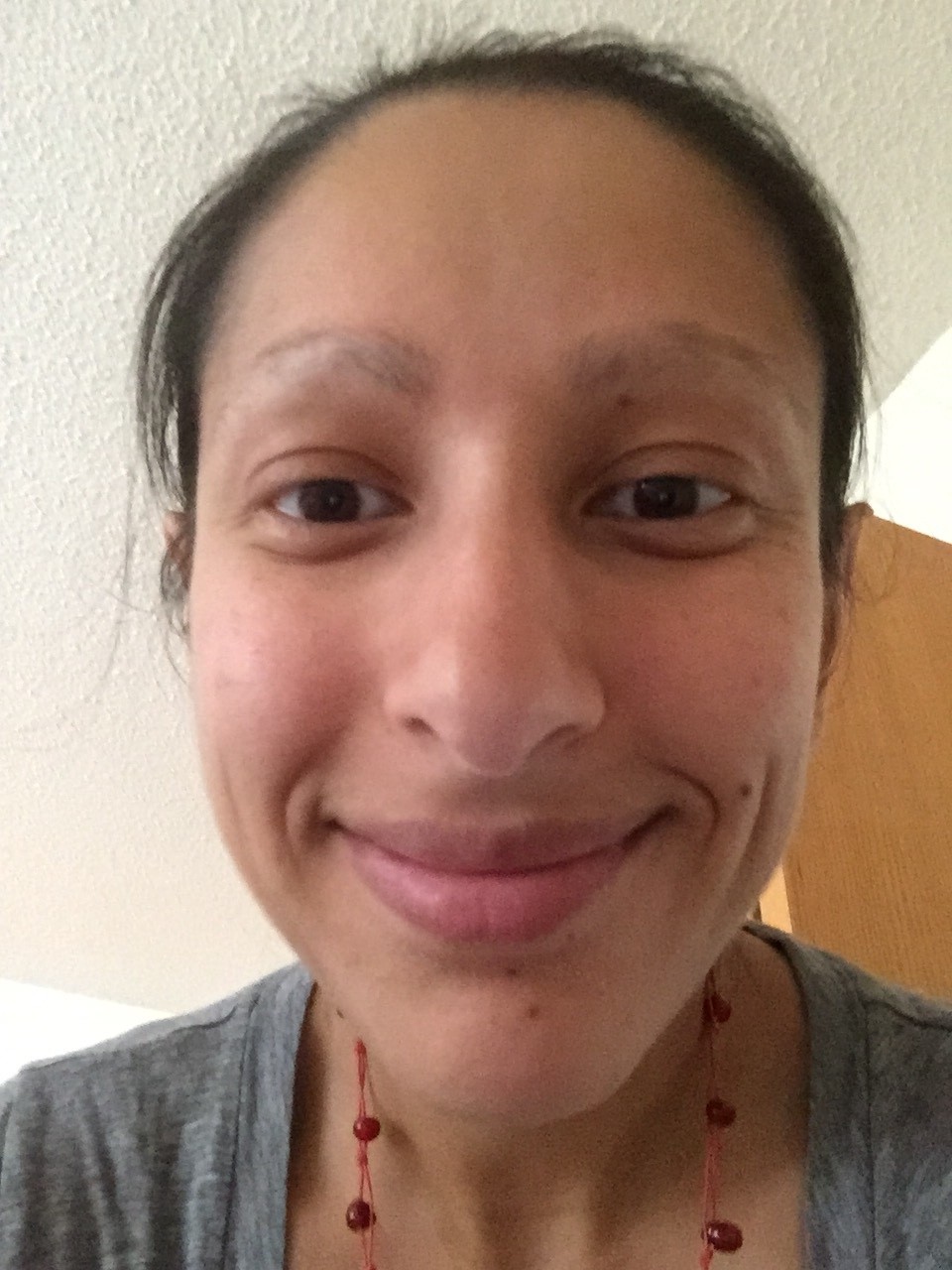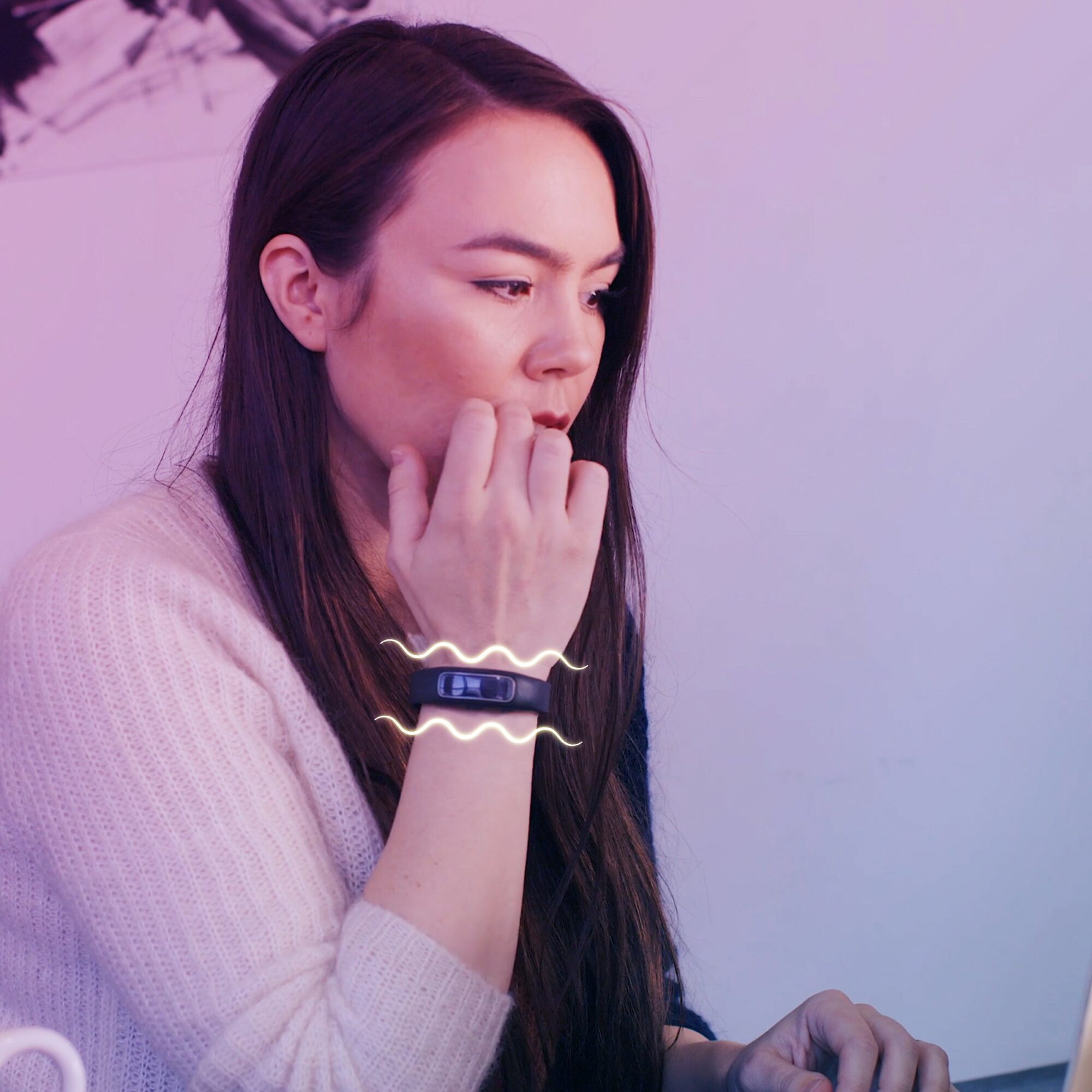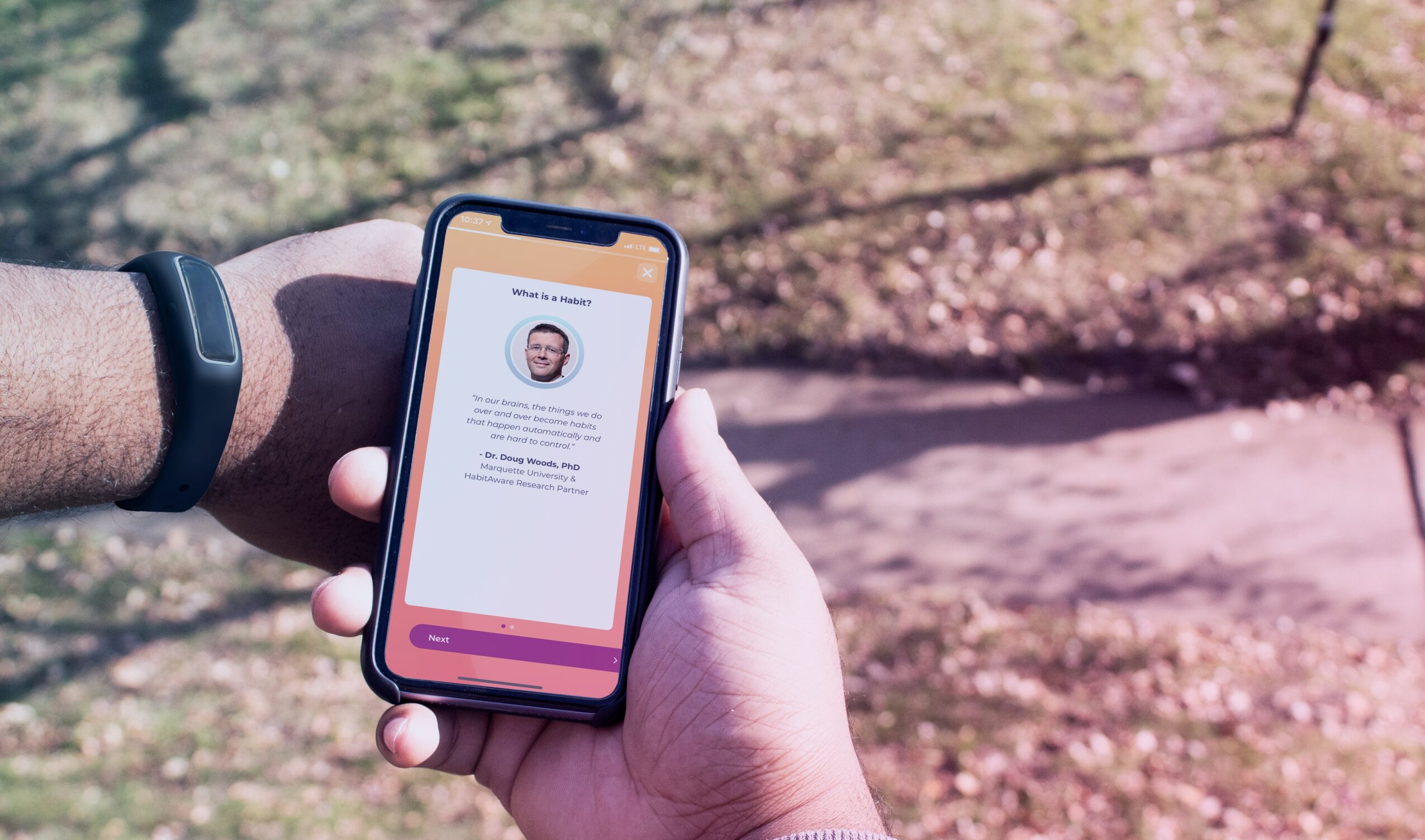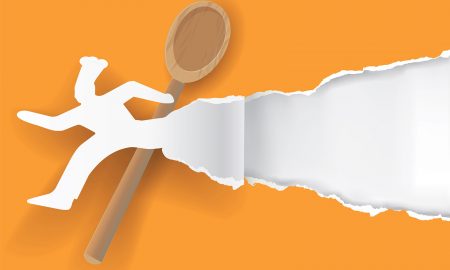

Today we’d like to introduce you to Aneela Idnani.
Alright, so thank you so much for sharing your story and insight with our readers. To kick things off, can you tell us a bit about how you got started?
I pull out my hair. Compulsive hair pulling is a mental health condition medically known as Trichotillomania. When my mind is triggered by a state of discomfort – boredom, stress, tiredness, etc. – the urge to pull is triggered. It is a very subconscious behavior, so soothing that most of the 1 in 20 Americans living with this condition do not realize it is happening until it is too late.
I started pulling in my tweens as a coping mechanism for watching my father’s 4-year battle with leukemia. In the 90s there was hyper-focus on physical care, but not on the mental anguish we were all going through during that time of sickness and loss. I hid my hair pulling for more than 20 years because I was ashamed that my hands did this to my body. I seemingly had control and was embarrassed that I could not curb the behaviors on my own. I thought it was my fault and there was no information available back then to assure me otherwise.
Hair pulling ebbed and flowed through my life – notably returning during my first pregnancy. During this time, I pulled so uncontrollably that my husband could see the damage I had done. One morning, he looked at me and said “Where are your eyebrows?”
At that moment I shared the secret that I was harboring for so long, the secret that was making me sick and he shared his love and support. A few days later as we watched TV on the couch, he gently took my hand. He noticed I was pulling well before I did. That was my “a-ha!” moment: What if I had something that made me aware of this hair-pulling habit?…Could I then take back control?
We set out on a journey to build a team and this device, Keen2 by HabitAware (www.habitaware.com). After training Keen2 for your specific scanning motion of hair pulling, or sister condition of skin picking (Dermatillomania) or nail biting (Onychophagia), the device sends a gentle vibration to notify you of the trained behavior. This vibration is a “hug” on the wrist that serves as a cue to pause and ask yourself “What am I feeling right now? Why might I be triggered? How can I best take care of myself at this moment?” In this way, you can learn healthier replacement strategies and retrain your brain away from these behaviors, collectively known as Body Focused Repetitive Behaviors (BFRBs).
I’m sure you wouldn’t say it’s been obstacle free, but so far would you say the journey has been a fairly smooth road?
The making of HabitAware, as well as my personal recovery from trichotillomania go hand-in-hand. Looking back the road has certainly been bumpy, but I would not have had it any other way. The bumps encouraged us to keep pushing, keep improving for our Keen family and BFRB community.
Right off the bat of coming up with this idea, my husband, Sameer, and I knew we did not have the technical ability to bring it to life. We turned to the Minneapolis startup community and was fully supported as we met people and attended events that guided us to our founding teammates – John Pritchard and Kirk Klobe. After working nights and weekends for months, we knew we had an idea that could help people learn how to stop hair pulling and we knew we were the team to do it because of all of our deep connection to the problem we were solving, and our professional expertise and experience.
During the height of COVID lockdowns we saw that our Keen family was struggling with increased anxiety. It was as an opportunity to pump up our support for them – with more virtual webinars and an online community. Most recently we’ve been challenged by supply chain and shipping slow downs due to COVID.
Recovery is not a linear process either. In my time in using the original Keen bracelet, I was able to build my awareness and shift my lifestyle to incorporate more time for me so that I was not burning out, or putting myself in situations that might trigger hair pulling. But every so often the habits of a 20+year struggle revert. My brain still has those pathways, though not as engrained.
Recently I was diagnosed with early stage, treatable breast cancer. As I went to appointments and read about the ordeal I was facing, I was aware my hands were playing with my eyebrows and eyelashes more. I looked in the mirror and saw gaps. The old Aneela would have become upset and angry. But now I do not define recovery as being 100% pull free. Instead I opt for “pulling less,” by using “keen” awareness to identify new triggers that crop up on the bumpy road of life and taking control as soon as I can with healthier strategies.
Pulling a few hairs is no longer the end of the world. I give myself grace and remind myself, “Aneela you are dealing with a new, big thing right now. You can get back on track.” My favorite lifestyle changes are walking in the morning, drinking water and snacking on almonds through the workday, playing tag with my kids after dinner and praying before I sleep early. I am more aware of my hands and more gentle with myself when my hands get “noisy.”
Alright, so let’s switch gears a bit and talk business. What should we know?
HabitAware is my life’s work. It brings me joy to be able to lift others out of the struggle I was once in. I am most proud of how we run our business. To me, HabitAware is not just a company, but a companion on your recovery journey. With every purchase of Keen2 we offer a free 15-minute video training call to get the HabitAware bracelet technically set up for your specific hair pulling, skin picking or nail biting behavior. We also offer peer coaching and an online community with monthly “pep talk power hours,” webinars and access to other experts in the field of overcoming BFRBs – from nutrition, to movement to psychological treatment.
We call our customers “Keen family” because that is how we see them – people who are struggling to stop hair pulling or stop skin picking or stop nail biting and need our love and support. We are not trichotillomania treatment professionals, but we serve them too! Because we’ve lived with these conditions and connected with hundreds of thousands of people, we understand their needs.
We’ve been recognized for this deep level of understanding of trichotillomania with multiple SBIR research grants from the National Science Foundation and the National Institute of Mental Health. These grants enable us to work with research experts in the field to improve our technology so people can learn to change their behavior for the better.
We are here for anyone who has, or is supporting someone with, compulsive hair pulling, skin picking, nail biting, or other Body Focused Repetitive Behaviors.
How do you think about luck?
The life method I believe in most, and have coined, is “Serendipity as a Strategy” (SAAS). We have to put ourselves out there – to be ready to help others and to receive help. In this way, the “karma” comes back around. So many good things have come from this combination of working smarter, believing, and showing up to give and receive goodness!
Serendipitous forces have been behind many of the opportunities HabitAware, from meeting our co-founding team with the help of the Minneapolis tech/startup community, attending HAX hardware accelerator program, delivering a TED talk about “Overcoming Trichollomania” (https://www.youtube.com/watch?v=WkfBtT4VbI4), and meeting some of our most supportive investors – like Arlan Hamilton of Backstage Capital.
The chance encounters that prompted many of those opportunities would not have happened if we did not work hard and smartly to build a good product, serve a community in need and show up to tell that story and keep our eyes open to see who else can we serve.
Contact Info:
- Email: [email protected]
- Website: http://www.habitaware.com
- Instagram: http://www.instagram.com/habitaware
- Facebook: http://www.facebook.com/habitaware
- Twitter: http://www.twitter.com/habitaware
- Youtube: https://www.youtube.com/c/Habitaware
- SoundCloud: https://soundcloud.com/habitaware















